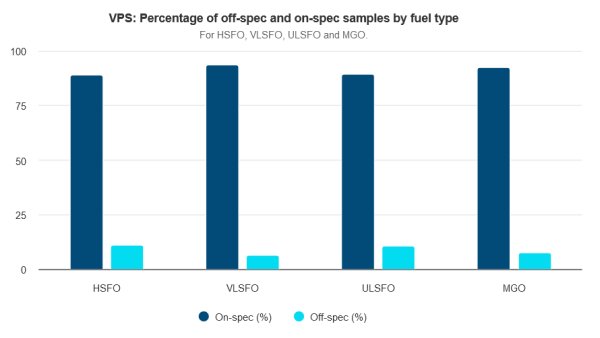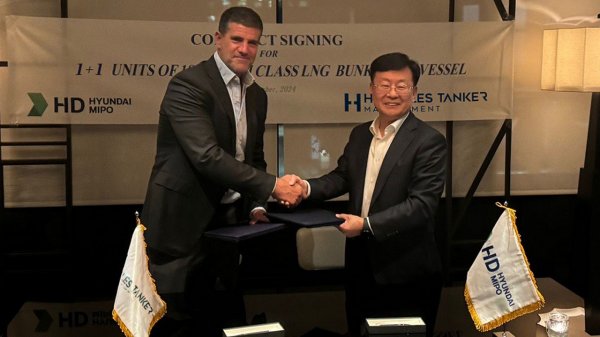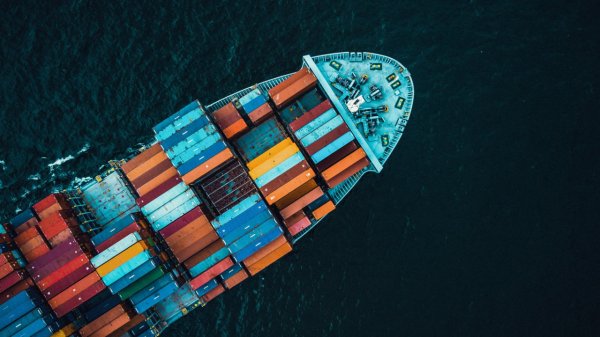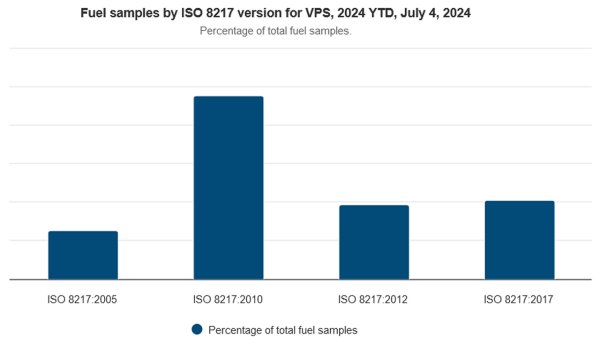China builds Guangdong fuel oil facility
Fuel oil blending facility is set to be China's largest with an annual production capacity of 10 million tonnes.
China's Huaying Petroleum & Chemical Co. has begun to build a fuel oil blending and dispatching facility at Daya Bay in Guangdong Province, Dow Jones reports.
The project, which is expected to cost approximately CNY5.4 billion, is set to be China's largest with a fuel oil production capacity of 10 million metric tonnes per year.
According to the state-controlled China News Service, the new blending centre will have 23 storage tanks with a total capacity of 1.03 million cubic meters, and berths with annual throughput capacity of 24.05 million tonnes.
Teapot refineries
The new facility will be located in the country's manufacturing hub and major fuel oil importing province where a large percentage of China's 'teapot refineries' are based.
Teapot refineries, which are mainly located in Guangdong and in the eastern Shandong province, use fuel oil as feedstock as they have limited access to crude oil. The use of cheaper feedstock enables them to compete with the state-owned refineries when producing products such as gasoline and diesel for the domestic market.
Over the past two years China has raised the import tariff on fuel oil, which has made it more difficult for teapotpot refineries to compete against the state-owned refineries.
Market sources have claimed that teapot refineries were being squeezed out of the market because they were on the central government's shortlist for elimination as they are less environmentally-friendly and energy efficient.
In June 2010, Asia's leading refiner Sinopec announced that it too was targeting teapot refineries with the launch of Sinopec Fuel Oil Sales Corp., the new sales and marketing arm, which will aim to source bunker fuel from Sinopec's local refineries rather than relying on imported product.
The company will be responsible for running fuel oil storage facilities and selling all fuel oil production from its refineries, targeting local teapot refineries that import fuel oil to use as feedstock.
Bunker Market
According to Qin Zhigang, General Manager of China Marine Bunker (PetroChina) Co. Ltd. (Chimbusco), ports in southern China account for 38 percent of the country's sales, whilst the east region accounts for 37 percent of total demand and Bohai Bay, in northern China, 25 percent.
In December 2009, Chimbusco said that it forecasts annual demand for marine fuel in China to increase by 11-20 percent between 2009 and 2013.
Qin Zhigang said that sales growth is expected to continue during the 2010-2013 period, but at a slower rate than the 39 percent surge in bunker consumption recorded in 2008 when the size of the market was estimated at 6.3 million tonnes.
The project, which is expected to cost approximately CNY5.4 billion, is set to be China's largest with a fuel oil production capacity of 10 million metric tonnes per year.
According to the state-controlled China News Service, the new blending centre will have 23 storage tanks with a total capacity of 1.03 million cubic meters, and berths with annual throughput capacity of 24.05 million tonnes.
Teapot refineries
The new facility will be located in the country's manufacturing hub and major fuel oil importing province where a large percentage of China's 'teapot refineries' are based.
Teapot refineries, which are mainly located in Guangdong and in the eastern Shandong province, use fuel oil as feedstock as they have limited access to crude oil. The use of cheaper feedstock enables them to compete with the state-owned refineries when producing products such as gasoline and diesel for the domestic market.
Over the past two years China has raised the import tariff on fuel oil, which has made it more difficult for teapotpot refineries to compete against the state-owned refineries.
Market sources have claimed that teapot refineries were being squeezed out of the market because they were on the central government's shortlist for elimination as they are less environmentally-friendly and energy efficient.
In June 2010, Asia's leading refiner Sinopec announced that it too was targeting teapot refineries with the launch of Sinopec Fuel Oil Sales Corp., the new sales and marketing arm, which will aim to source bunker fuel from Sinopec's local refineries rather than relying on imported product.
The company will be responsible for running fuel oil storage facilities and selling all fuel oil production from its refineries, targeting local teapot refineries that import fuel oil to use as feedstock.
Bunker Market
According to Qin Zhigang, General Manager of China Marine Bunker (PetroChina) Co. Ltd. (Chimbusco), ports in southern China account for 38 percent of the country's sales, whilst the east region accounts for 37 percent of total demand and Bohai Bay, in northern China, 25 percent.
In December 2009, Chimbusco said that it forecasts annual demand for marine fuel in China to increase by 11-20 percent between 2009 and 2013.
Qin Zhigang said that sales growth is expected to continue during the 2010-2013 period, but at a slower rate than the 39 percent surge in bunker consumption recorded in 2008 when the size of the market was estimated at 6.3 million tonnes.

|
Is your vessel fully protected from the dangers of poor-quality fuel? | Steve Bee, VPS
Commercial Director highlights issues linked to purchasing fuel and testing quality against old marine fuel standards. |
|
|
|
||

|
GDE Marine targets Suape LSMGO by year-end
Expansion plan revealed following '100% incident-free' first month of VLSFO deliveries. |
|
|
|
||

|
Peninsula CEO seals deal to build LNG bunker vessel
Agreement signed through shipping company Hercules Tanker Management. |
|
|
|
||

|
Auramarine supply system chosen for landmark methanol-fuelled tugs
Vessels to enter into service in mid-2025. |
|
|
|
||

|
Rise in bunker costs hurts Maersk profit
Shipper blames reroutings via Cape of Good Hope and fuel price increase. |
|
|
|
||

|
Dan-Bunkering posts profit rise in 2023-24
EBT climbs to $46.8m, whilst revenue dips from previous year's all-time high. |
|
|
|
||

|
ISO 8217:2024 'a major step forward' | Steve Bee, VPS
Revision of international marine fuel standard has addressed a number of the requirements associated with newer fuels, says Group Commercial Director. |
|
|
|
||

|
EBT down 45.8% for Glander International Bunkering
CFO lauds 'resilience' as firm highlights decarbonization achievements over past year. |
|
|
|
||

|
KPI OceanConnect posts 59% drop in pre-tax profit
Diminished earnings and revenue as sales volume rises by 1m tonnes. |
|
|
|
||

|
Delta Energy's ARA team shifts to newly launched Verde Marine
Physical supplier offering delivery of marine gasoil in the ARA region. |
|
|
|
||
Related Links
- · Brightoil to expand Yangtze River network [Insights]
- · Dredging works to start on Changxing Island [Insights]
- · Sinopec launches bunker subsidiary [Insights]
- · Sinopec aims to increase fuel oil market share [Insights]
- · China [Directory]

